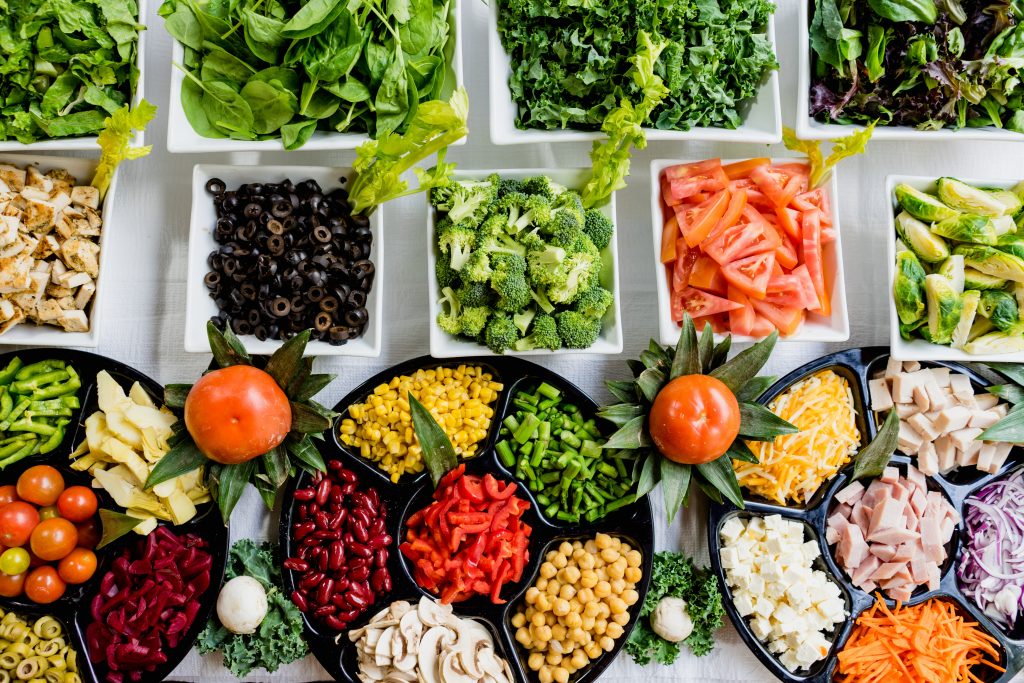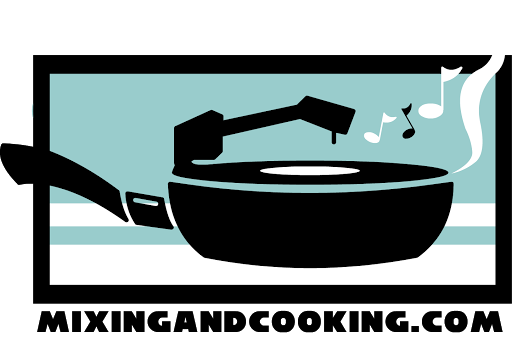
Experts have defined three core ingredients on which all regions have essentially built their cuisines: olives, wheat, and grapes.
1 – Olives
Olives have been grown in the Persian region for thousands of years. Today, 95% of the world’s olives are grown in the Mediterranean.
This has made olive oil synonymous with Mediterranean cooking and the go-to cooking agent over butter, fats, and other oils.
2 – Wheat
Wheat has been a staple grain in the Mediterranean region for millennia. It is believed to have been domesticated in the Fertile Crescent, which encompasses parts of modern-day Iraq, Syria, Turkey, Iran, and Israel, around 10,000 BC. From there, it spread throughout the Mediterranean, becoming a foundation of the region’s cuisine and culture. It remains a vital part of the Mediterranean diet, a dietary pattern known for its health benefits. The Mediterranean diet is rich in fruits, vegetables, whole grains, legumes, and olive oil and moderate in lean protein and dairy. Wheat is a source of whole grains, a good source of fiber, vitamins, and minerals.
3 – Grapes
Lastly, there’s a reason wine is the drink of choice for many Mediterranean countries: grapes.
Persia’s position near the Black Sea provided the perfect climate to grow grapes. Evidence suggests grapes have been grown there for at least 8000 years.
However, the Italians used grapes to make wine several centuries before Christ’s birth.
Today, grape production here is mainly for wine. Nearly 40% of the world’s wine comes from Mediterranean countries.











